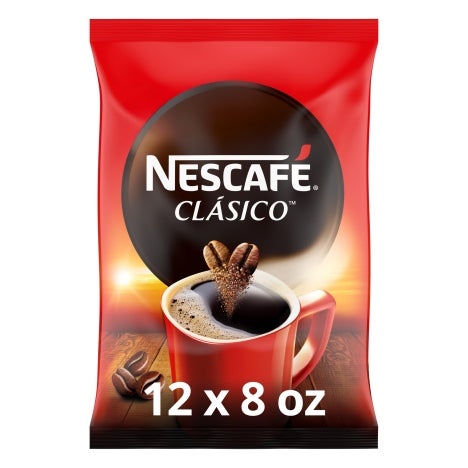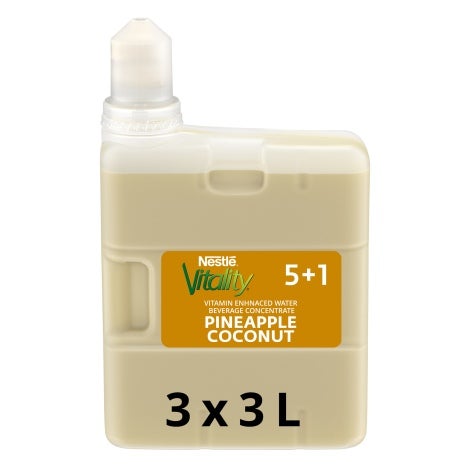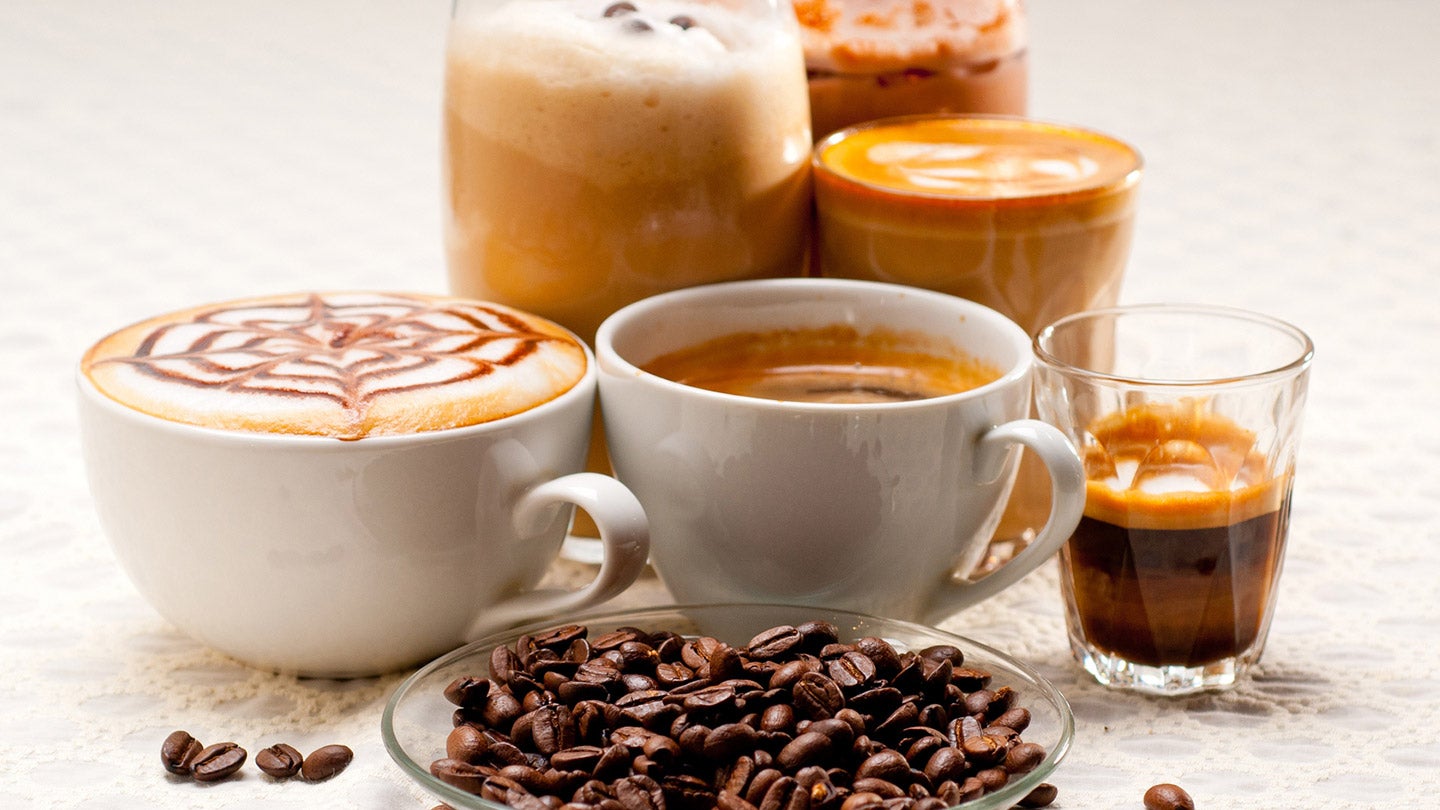
Learn Today’s 6 Most Important Beverage Flavor Trends
Beverage flavor trends are always evolving. Find out today’s innovative flavors and which classics continue to sell well.
“Surprise me!” If there are two words that capture what customers are looking for today from beverage flavors, it’s these.
Many consumers are craving the joy of new experiences, and a well-crafted beverage that delivers a new flavor or takes familiar flavors and transforms them into something new can provide just that. And there’s no shortage of new options entering the market, with flavor and ingredient influences originating as close as your backyard to thousands of miles away.
Look at the overall flavor landscape and certain trends begin to appear. We’ve chosen some of the most exciting flavors and separated them into six overarching trends, specifically choosing flavors that are versatile, perfect for that next cocktail, mocktail, iced tea, lemonade, coffee, or tea that will help you attract customers and keep them coming back for more.
1. Multidimensional
The following flavors can be described as having multiple dimensions or complexity when added to beverages. They combine spicy with savory, for example, or spicy with sweet. It’s a hot new trend, in more ways than one, and can give new depth to even the most classic drink.
Spicy Maple – Spicy maple checks the box when it comes to the “complex heat” trend. It surprises customers with the unexpected, adding a new depth to spicy. In fact, Datassential calls spicy maple the next hot honey. And, since it’s maple, it’s also a particularly good fit for fall and winter beverage menus.
Savory Granola – Take regular granola, add cumin and mustard seeds, and you get a new spin on an old favorite. Try experimenting by adding savory granola as a crunchy topper to hot cocoa or coffee.
Pickled Strawberries – Pickling has become something of its own trend in recent years. And the latest is pickled strawberries, a great way to add that element of flavor discovery to a cocktail or mocktail.
2. Global Influences
The U.S. market is more multicultural than ever before and customers love to try flavors from all over the world, especially Latin America and Asia.
Mangonada – This Mexican drink has become so popular it’s also breaking out as a flavor. The frozen beverage version is made with any combination of mango sorbet, chopped fresh mango, or mango purée, and contains the salty, spicy, and tangy flavors of Tajín (a chili-lime salt) and chamoy.
Yuzu – Tart and with a floral aroma, this Japanese fruit is becoming a go-to citrus flavor. Datassential predicts it will continue to show up on even more chain menus and national retail products in years to come. One example: the Fifty/Fifty Yuzu Orange Cider at Shake Shack.
Sakura (Cherry Blossom) – Another flavor from Japan, Sakura has a mild floral flavor with a touch of sweetness and bitterness. Some describe it as a mix between cherries and roses.
Caribbean flavors – Curry, coconut, bitter orange, mojo, allspice, and wasakaka can be combined in various ways to add sweet heat or sweet savory profiles to beverages like iced tea, lemonades, cocktails, or mocktails.
Umami – Umami, which is another word for savory, is not a flavor commonly associated with cocktails. But some have begun using umami-flavored foods in cocktails or mocktails to create unexpected taste experiences. Examples include vodka infused with truffles or bacon.
Soursop – Soursop is a tropical fruit which tastes like a mix of strawberry and apple with a hint of citrus. It’s another flavor that can add new dimensions to refreshing drinks.
3. Eye-Catching Flavor Elements
An ingredient’s appearance can sometimes complement its flavor.
Pink – Studies have found that pink appeals to health-conscious consumers, reminding them of the healthful properties of citrus. Some flavorful ingredients that give off a pink hue in drinks include pink grapefruit, fruit punch, and hibiscus. And 2023 has been called the “year of the dragon fruit.” Pink dragon fruit can taste like a cross between kiwi and pear.
Blue – Blue ingredients can lend a sense of adventure to a drink, evoking the ocean or the sky. Among the flavorful ingredients that can bring out the blue in a beverage are blueberries, butterfly pea flower, and sour candies.
4. Healthy Tastes
Speaking of the healthy halo, certain flavorful beverage ingredients are sought out for their purported health properties, such as turmeric, cinnamon, and ginger. Here are some that are growing in popularity.
Mamey Fruit – A fruit native to Mexico and Central America, Mamey is a good source of vitamins and minerals. It can be whipped into smoothies to give them a tropical note. Just add milk, vanilla, sugar, and cinnamon.1
Botanical – Floral flavors continue to be popular, and one reason is their purported functional properties. These include lavender, said to have calming effects, lemongrass, which some believe boosts energy, and rosemary, which some claim helps with focus and mental clarity.
5. Taste of Nostalgia
As Baby Boomers and Gen Xers age, beverage flavors that remind them of childhood experiences can be especially appealing.
The Old Classics – Let’s start with the basics. Chocolate, vanilla, and strawberry are predicted to continue to thrive as part of this nostalgic trend. In fact, it may be time to take another look at Caffeinated Chocolate Milk, which had a moment several years back. It’s simple to whip up: just add some cold brew to ice cold chocolate milk for a satisfying, energizing, and refreshing drink.2
Carnival Flavors – Flavors associated with simple, good times like carnivals including funnel cake fried dough can really add a fun dimension to hot or cold coffee, tea, and smoothies.
Breakfast Flavors – The same goes for breakfast-inspired flavors such as muffins, cinnamon rolls, donuts, or even pancakes. These flavors are especially good fits for coffee and tea, served hot or cold.
Dates – The age-old date is newly popular. Sometimes referred to as “nature’s candy,” it is catching on with consumers looking for another alternative to traditional sweeteners.3
MSG – Mixologists are taking a new look at monosodium glutamate (MSG) for use as a cocktail ingredient. On its own, it’s mostly flavorless, but mixed with other ingredients it can boost savory notes and the overall flavor in drinks. One example: The MSG Martini at Bonnie’s in New York.
6. A Golden Age of…Weird?
And finally, Datassential’s “2023 Food Trends Report,” reminds us to have fun with beverage flavors. “After a few sobering, serious years, consumers are ready for brands to have a little fun again,” says the report. “In fact, we’re entering a new ‘golden age of weird,’ where social media platforms like TikTok are forcing brands to be more authentic and irreverent.”4 Beverage is one of the easiest categories to have fun (or get weird) with. Salted Watermelon Juice and Chile-Lime-Pineapple Soda are just a couple of flavorful examples popping up on menus.
Sources: 1. My Dominican Kitchen “Mamey (Sapote) Smoothie” (April 27, 2022). 2. Bon Appétit “The Caffeine-Fueled Chocolate Milk of Our Dreams” (August 5, 2016). 3. Whole Foods “The Next Big Things: Our Top 10 Food Trends for 2023” (January 2023). 4. Datassential “2023 Food Trends” (January 2023).
The information provided is based on a general industry overview and is not specific to your business operation. Each business is unique, and decisions related to your business should be made after consultation with appropriate experts.








